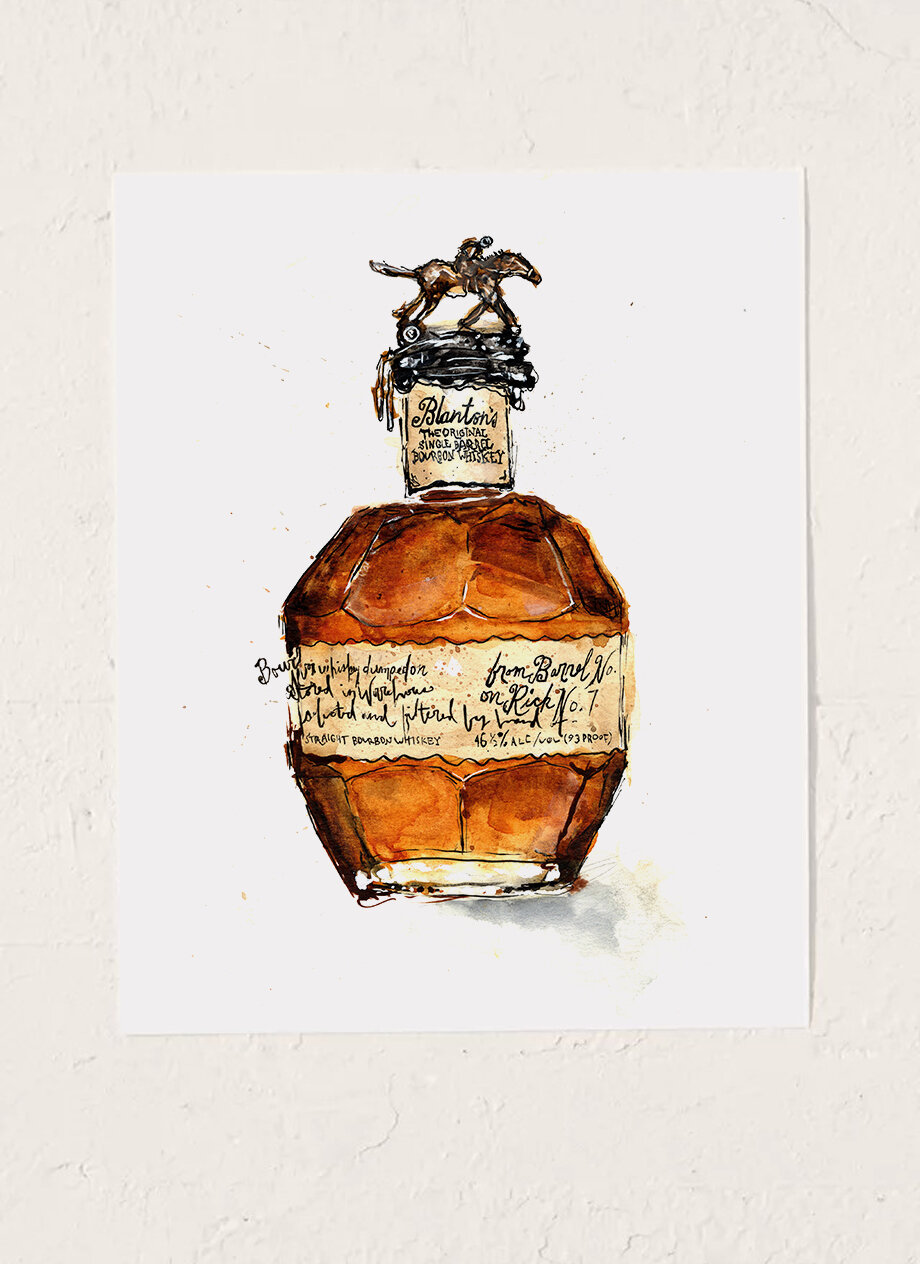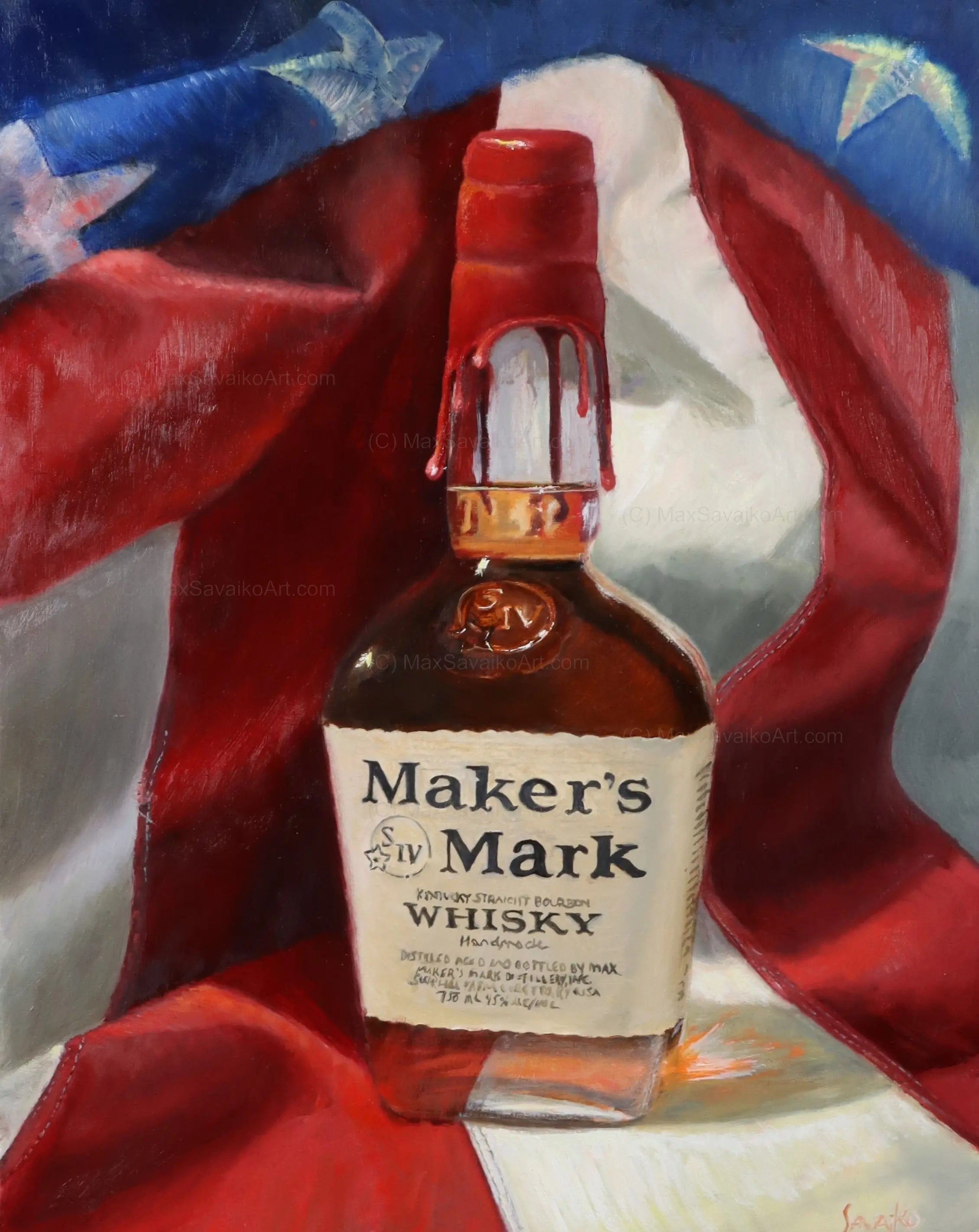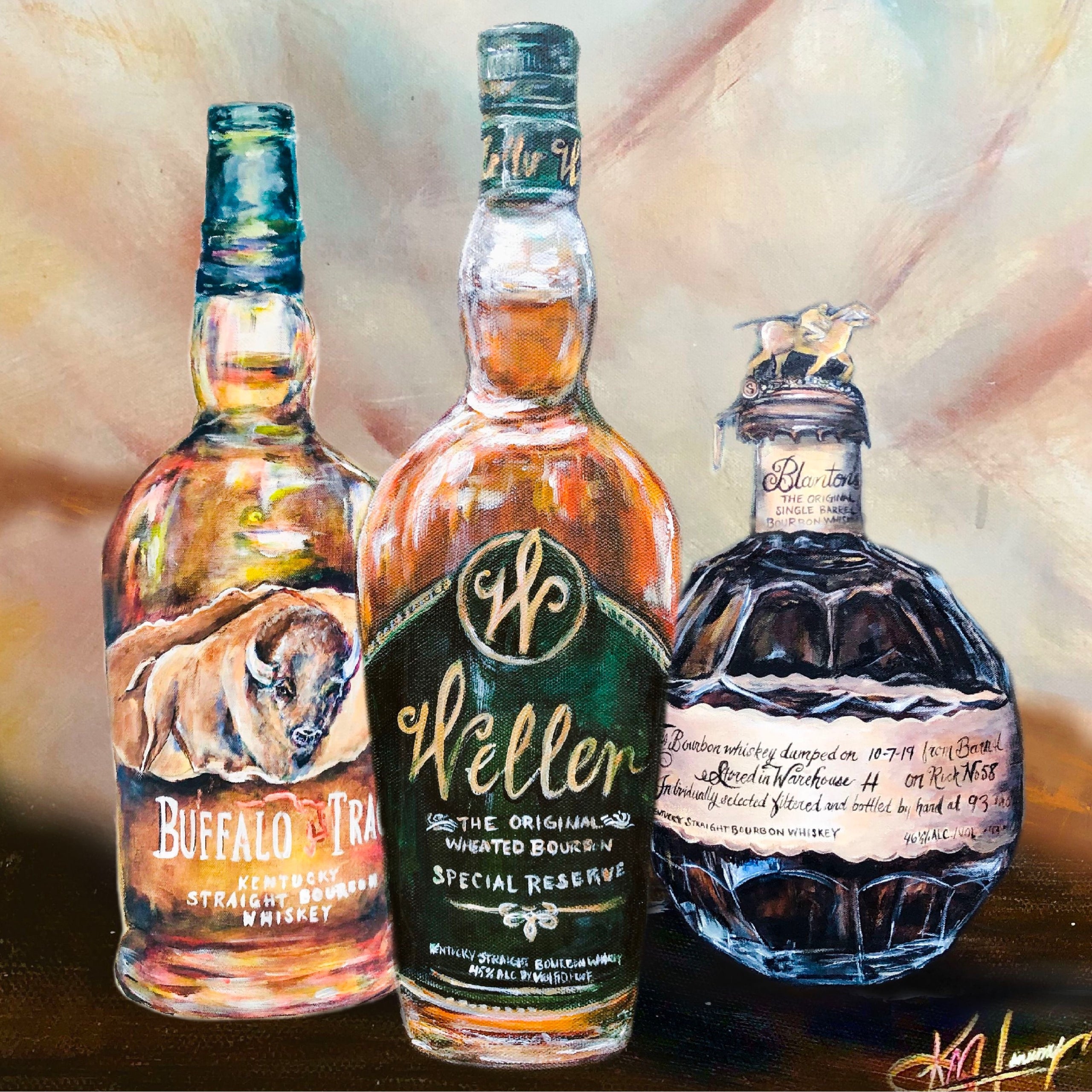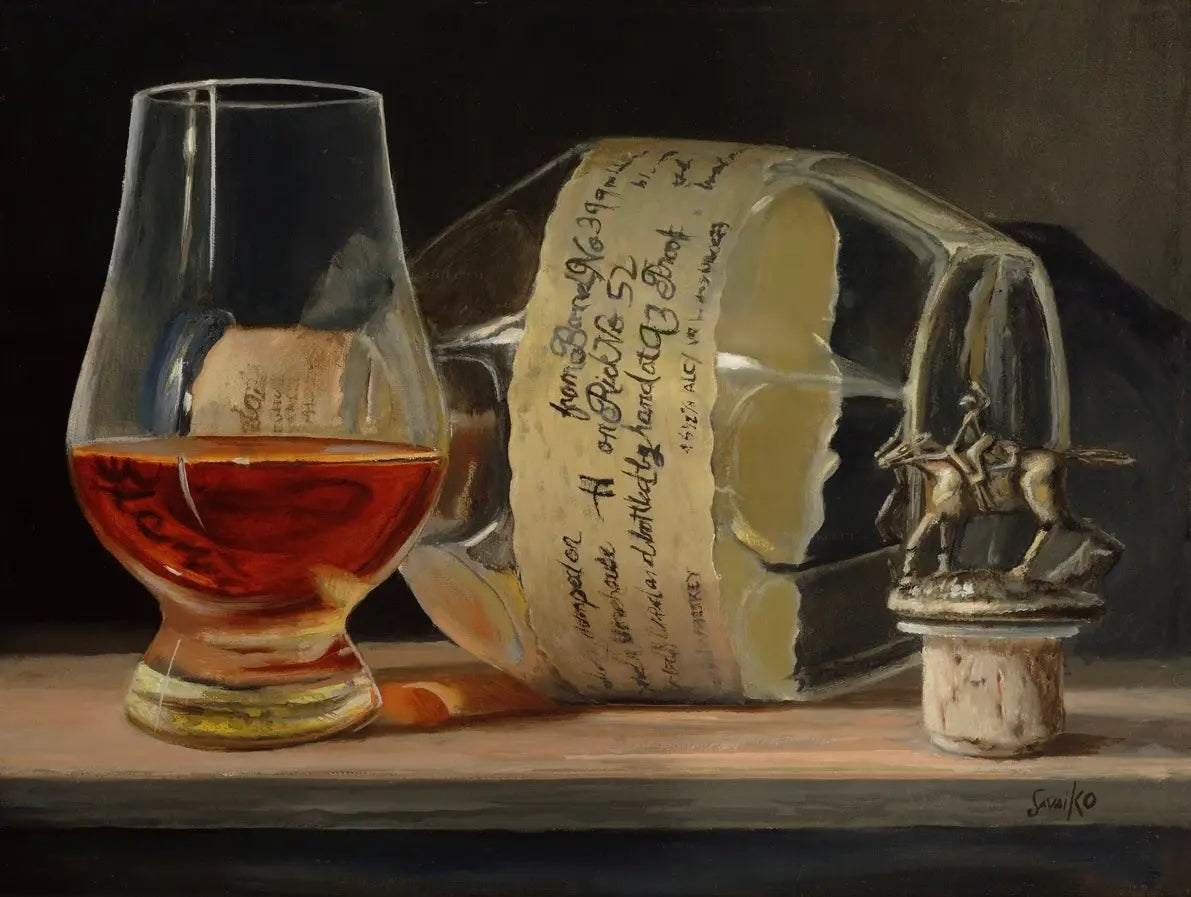Transform Your Room with Sensational Whiskey Art Inspired by Nature
Transform Your Room with Sensational Whiskey Art Inspired by Nature
Blog Article
The Significance of Whiskey Art in Celebrating Heritage and Craftsmanship in the Beverage Industry
The detailed relationship between scotch art and the celebration of heritage and workmanship within the beverage industry can not be overstated. Through attentively developed containers and labels, whiskey brand names encapsulate their historical roots and the artisanal abilities that define their production techniques. This artistic dimension not just enhances market charm but additionally functions as a conduit for social storytelling, promoting a deeper connection in between the craft and the consumer. As we check out the various facets of this topic, interesting questions about the influence of contemporary patterns on standard techniques emerge, prompting further exam.
The Historical Origins of Whiskey
At the heart of bourbon's appeal lies a rich tapestry of historical roots that map back to old people. The beginnings of whiskey can be connected to the distillation methods of the Sumerians and Babylonians around 2000 BCE, where very early forms of fermented grain beverages began to emerge. Nevertheless, it remained in the Center Ages that the art of purification developed considerably, especially in Ireland and Scotland, leading to the development of whiskey as we recognize it today.
The term "bourbon" itself stems from the Gaelic word "uisce beatha," indicating "water of life." This expression underscores the social importance of whiskey in Celtic societies, where it was frequently connected with routines, celebrations, and common bonding. By the 15th century, distillation came to be an identified craft within monastic communities, leading the means for the establishment of legal distilleries.
As profession routes broadened, whiskey's appeal expanded, going beyond local limits and catching the passion of aficionados worldwide. Whiskey Art. This historic journey reflects not only the craftsmanship behind scotch manufacturing however also its indispensable role in social and social contexts, marking it as a considerable drink throughout history
Artistic Expression in Branding
Scotch branding stands as an engaging crossway of virtuosity and business, where aesthetic identification plays an essential function fit customer understanding. The aesthetics of bourbon tags, packaging, and advertising and marketing materials reflect not just the brand name's tale but likewise its core values and heritage. Through imaginative expression, distilleries share a narrative that reverberates with customers, evoking feelings and triggering connections.
Using color, typography, and imagery in branding serves to separate products in a saturated market. Traditional motifs might stimulate a feeling of authenticity and craftsmanship, while modern-day layouts can signify technology and forward-thinking. This strategic imaginative instructions boosts brand name recognition and commitment, enabling consumers to forge an individual relationship with the whiskey they choose.
Furthermore, creative expression in branding commonly offers as an event of regional heritage. Distilleries often incorporate local symbols or historical referrals into their layouts, creating a feeling of location that welcomes consumers to engage in a more comprehensive social experience. Eventually, the virtuosity behind bourbon branding not just enhances aesthetic charm but also enhances the total narrative of the brand name, cultivating a deeper admiration for the craftsmanship and heritage embedded in each bottle.
Craftsmanship in Bottle Style
The virtuosity obvious in whiskey branding expands past aesthetic identity to include the workmanship associated with bottle design. Each bottle works as a vessel not just for the spirit within, yet additionally for the story it tells about its high quality, beginning, and tradition. The design process requires meticulous focus to detail, as elements such as product, closure, and shape add significantly to the general assumption of the bourbon.
Workmanship in bottle layout entails choosing top quality glass that can improve the whiskey's color and clarity, while likewise supplying a tactile experience for the customer. The shape of the bottle should be both practical and aesthetically appealing, commonly reflecting the heritage of the brand. Many distilleries opt Homepage for distinct shapes or embossed logos that evoke a feeling of credibility and background.
Additionally, the label layout and typography play an important function in connecting the brand's narrative. Limited Edition. A well-crafted bottle not just captivates the consumer's eye however likewise strengthens the brand name's commitment to high quality and custom. By doing this, the workmanship of container design comes to be a vital aspect of the whiskey experience, merging creativity with an extensive respect for heritage
Cultural Importance of Scotch Art
Celebrating practice and workmanship, the cultural relevance of scotch art transcends mere aesthetics, linking with the historic and social narratives of the regions where it originates. Each container functions as a canvas, illustrating the one-of-a-kind tales, mythology, and customs that have actually shaped neighborhood whiskey-making practices. The detailed designs typically mirror the heritage of the distillers, including icons and motifs that resonate with the culture and values of their areas.

In enhancement, whiskey art plays an essential function in communal gatherings and events, acting as a tangible link in between people and their shared experiences. By appreciating the artistry in whiskey packaging, customers cultivate a much deeper understanding and regard for the craft, eventually enhancing their pleasure of Read More Here the drink itself.
Modern Trends in Scotch Discussion
Recently, the discussion of whiskey has actually developed to reflect modern preferences and patterns while still honoring standard craftsmanship - Realism Art. Distilleries straight from the source are significantly concentrating on aesthetic aspects that enhance the overall alcohol consumption experience, bridging the gap in between heritage and modernity
Ingenious container designs have emerged, commonly including sustainable materials and creative tags that inform compelling tales. Several brand names currently collaborate with neighborhood musicians, instilling their products with unique visual expressions that resonate with consumers. Furthermore, limited-edition releases are commonly packaged in collectible containers, adding value and appeal for connoisseurs.

Final Thought
In verdict, whiskey art serves as a crucial avenue for revealing the heritage and craftsmanship intrinsic in the drink industry. Via detailed branding, innovative bottle styles, and culturally significant creative elements, scotch brand names efficiently recognize their practices and attach with customers.


Workmanship in container style entails picking high-quality glass that can enhance the scotch's color and clarity, while additionally giving a tactile experience for the consumer. In this way, the craftsmanship of bottle style becomes a vital aspect of the bourbon experience, combining artistry with a profound respect for heritage.
In verdict, scotch art offers as a crucial conduit for revealing the heritage and workmanship intrinsic in the drink sector.
Report this page